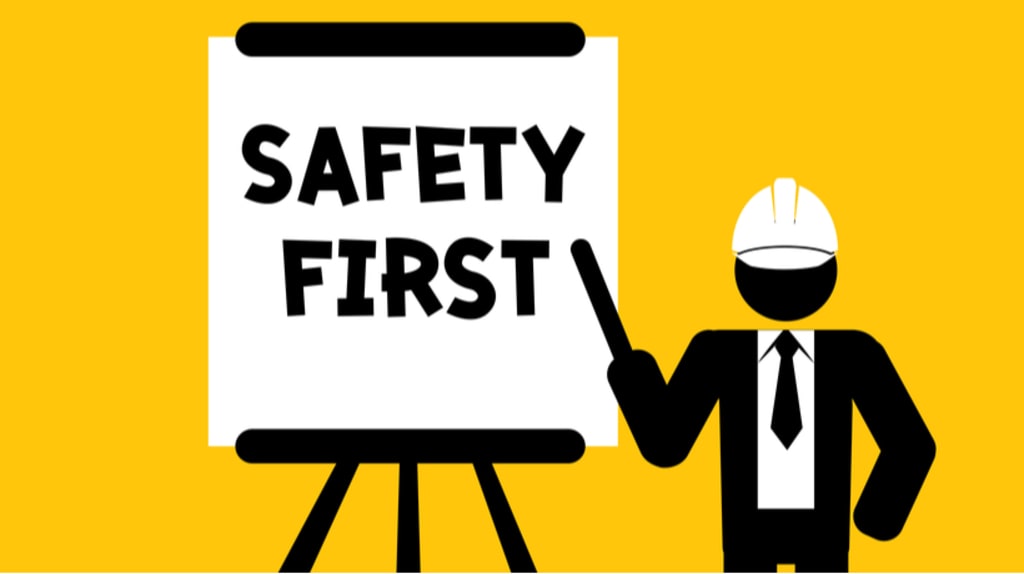
Introduction.
Workplace safety refers to the measures and procedures taken to ensure the health and well-being of employees in the workplace. This can include providing personal protective equipment, implementing safety protocols, training employees on safe practices, and regularly inspecting the workplace for hazards. The goal of workplace safety is to prevent accidents, injuries, and illnesses from occurring on the job. Employers are legally responsible for providing a safe working environment for their employees and can be held liable for any injuries or illnesses that occur as a result of their failure to do so.
Explanation.
Workplace safety is a critical issue that affects all employees, regardless of the type of work they do or the industry they work in. It is the responsibility of employers to provide a safe working environment for their employees and to take all necessary steps to prevent accidents, injuries, and illnesses from occurring on the job.
One of the most important aspects of workplace safety is providing personal protective equipment (PPE) to employees. PPE includes items such as hard hats, safety glasses, gloves, and respirators, and is designed to protect employees from potential hazards in the workplace. Employers must ensure that PPE is available to employees and that it is used properly. They must also ensure that PPE is inspected regularly and replaced as needed.
In addition to providing PPE, employers must also implement safety protocols to help prevent accidents and injuries in the workplace. This can include things like establishing procedures for handling hazardous materials, implementing fire safety protocols, and providing training to employees on how to properly use equipment and machinery. Employers should also conduct regular inspections of the workplace to identify potential hazards and take steps to eliminate or mitigate those hazards.
Another important aspect of workplace safety is employee training. Employers must provide training to employees on safe work practices, including how to use equipment and machinery safely and how to handle hazardous materials. This training should be provided to all employees, including new hires, and should be updated regularly to reflect any changes in the workplace or in safety regulations.
Employers must also have a system in place to handle workplace accidents and injuries. This includes having a plan in place for responding to emergencies, such as fires or chemical spills, and having procedures in place for reporting accidents and injuries to the proper authorities. Employers should also have a system in place for providing medical treatment to employees who are injured on the job and for providing workers' compensation benefits to employees who are unable to work as a result of their injuries.
Workplace safety is not only the responsibility of the employer but also the employees. Employees have the responsibility to follow safety protocols, use PPE and report any hazards, accidents or injuries to their employer.
Workplace safety is a legal requirement and employers can be held liable for any injuries or illnesses that occur as a result of their failure to provide a safe working environment. Employers must comply with all applicable safety regulations and laws, including those established by the Occupational Safety and Health Administration (OSHA) in the United States. OSHA sets standards for various industries and employers must comply with these standards in order to protect their employees from potential hazards.
Overall, workplace safety is a critical issue that affects the health and well-being of employees. Employers must take all necessary steps to provide a safe working environment for their employees, including providing personal protective equipment, implementing safety protocols, training employees on safe practices, and regularly inspecting the workplace for hazards. Employees also have a responsibility to follow safety protocols and report any hazards or accidents. Compliance with safety regulations and laws is crucial for protecting employees and avoiding legal liability for employers.





Comments
There are no comments for this story
Be the first to respond and start the conversation.